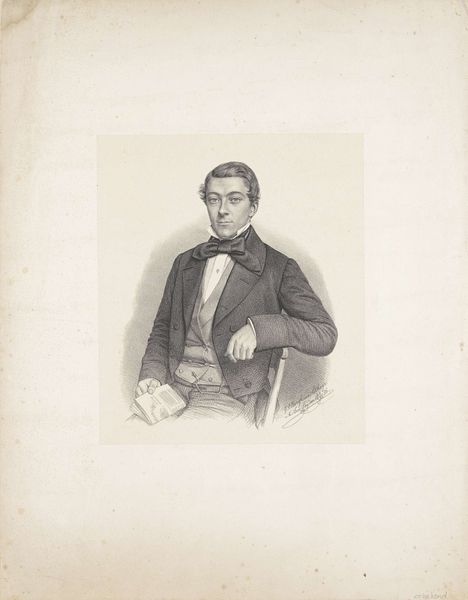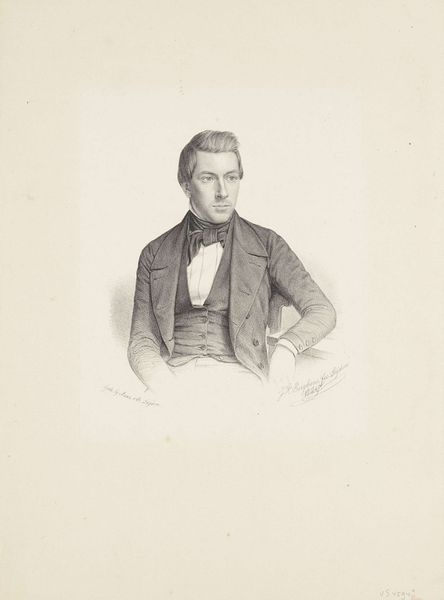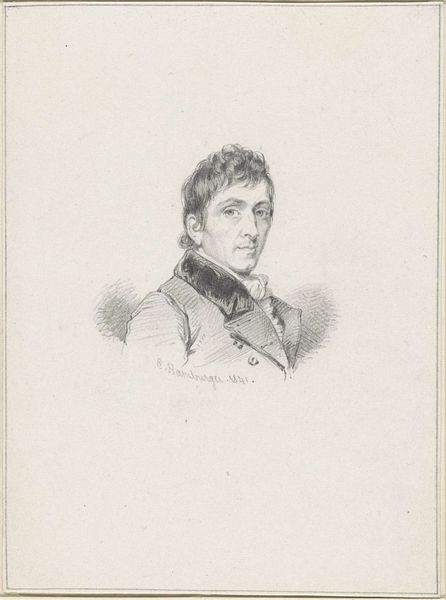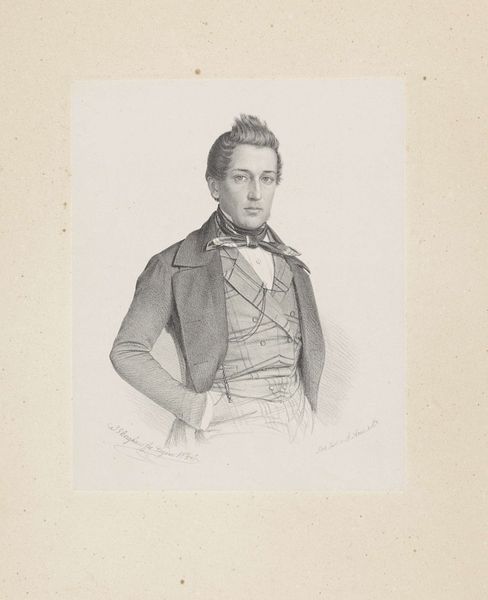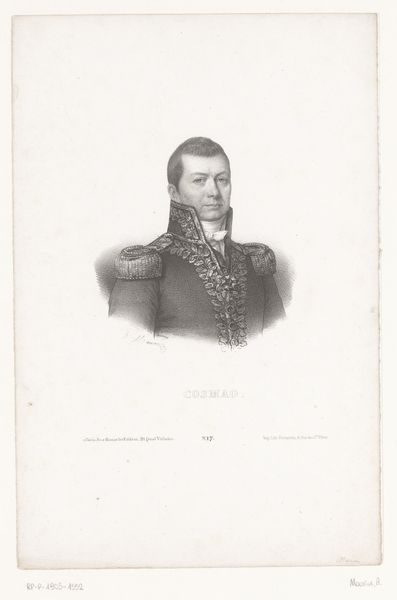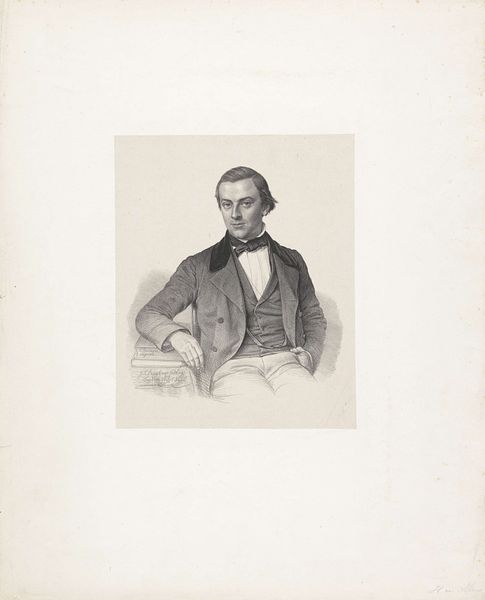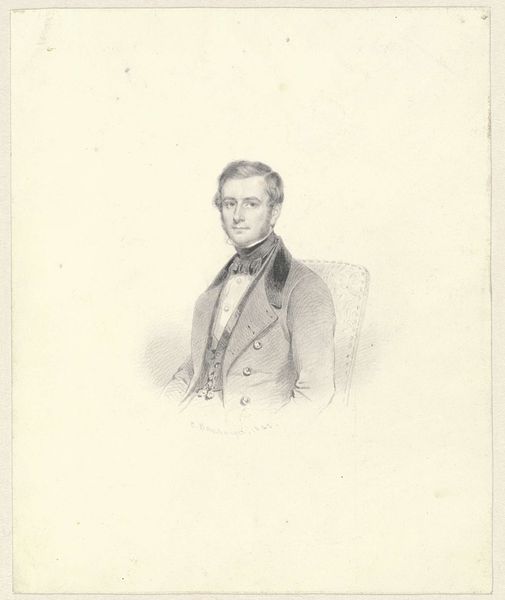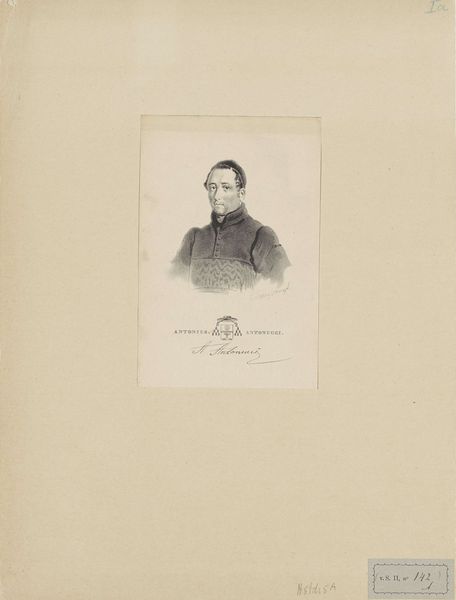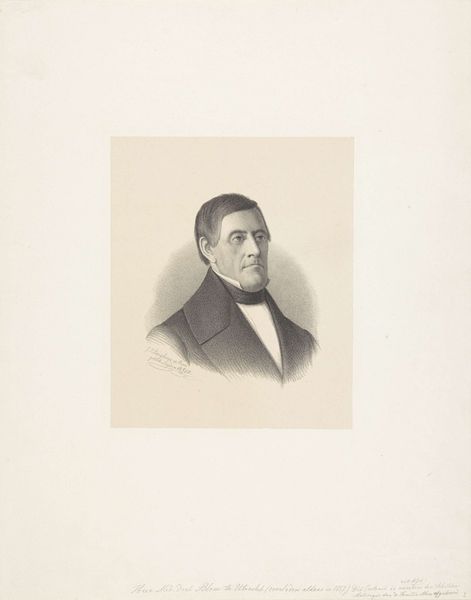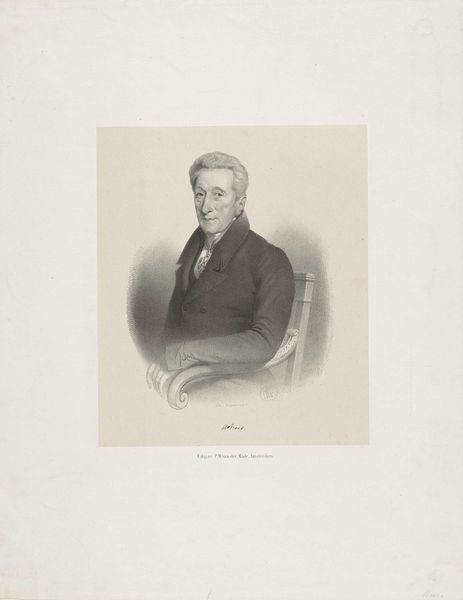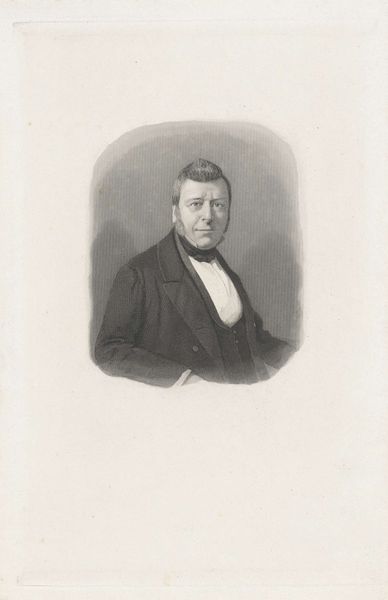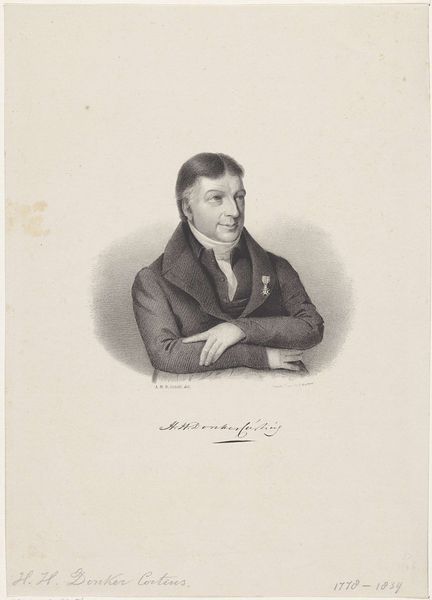
print, engraving
#
portrait
#
neoclacissism
# print
#
old engraving style
#
pencil drawing
#
engraving
Dimensions: height 360 mm, width 244 mm
Copyright: Rijks Museum: Open Domain
Editor: This is "Portrait of Giusto de Conti" by Giuseppe Marcucci, likely from sometime between 1816 and 1893. It’s an engraving that reminds me a little bit of pencil drawing. It feels very formal and rigid, almost… distant. What stands out to you? Curator: The rigidity you feel is very much a product of its time and of its purpose. This engraving, likely created as a reproductive print, embodies the ideals of Neoclassicism which were intrinsically linked to power, order, and a return to supposedly ‘pure’ forms. We see here not just an image of an individual, Giusto de Conti, but also a representation of status and intellect. Who do you think these portraits were trying to reach? Editor: I guess other people of similar status, perhaps? Or maybe future generations? Was this like… a proto-LinkedIn headshot for networking? Curator: That's a great way to think about it! Certainly, these images played a role in constructing and maintaining social hierarchies. But let's consider access; prints were often more accessible than painted portraits. Do you think this increased accessibility democratized portraiture, or did it reinforce existing power structures in different ways? Who could afford even a print, and what did it mean to have one's image circulated in this form? Editor: I hadn't considered that it was *more* accessible. I still think there's a question of who has the *most* access and whose story is told most often. Even more interesting to think about now... it looks almost like a victorian-era meme in some respects... Curator: Precisely. And thinking about its potential meme-like quality, especially considering its original intent, highlights how the meaning of an image can be radically altered over time as it encounters new audiences and social contexts. We really have to examine this image through a modern lens to fully appreciate how the power and function has shifted over time. Editor: Thanks, I think I understand it in a deeper context now. I had just seen it at surface value, now I have a whole lot to consider.
Comments
No comments
Be the first to comment and join the conversation on the ultimate creative platform.
